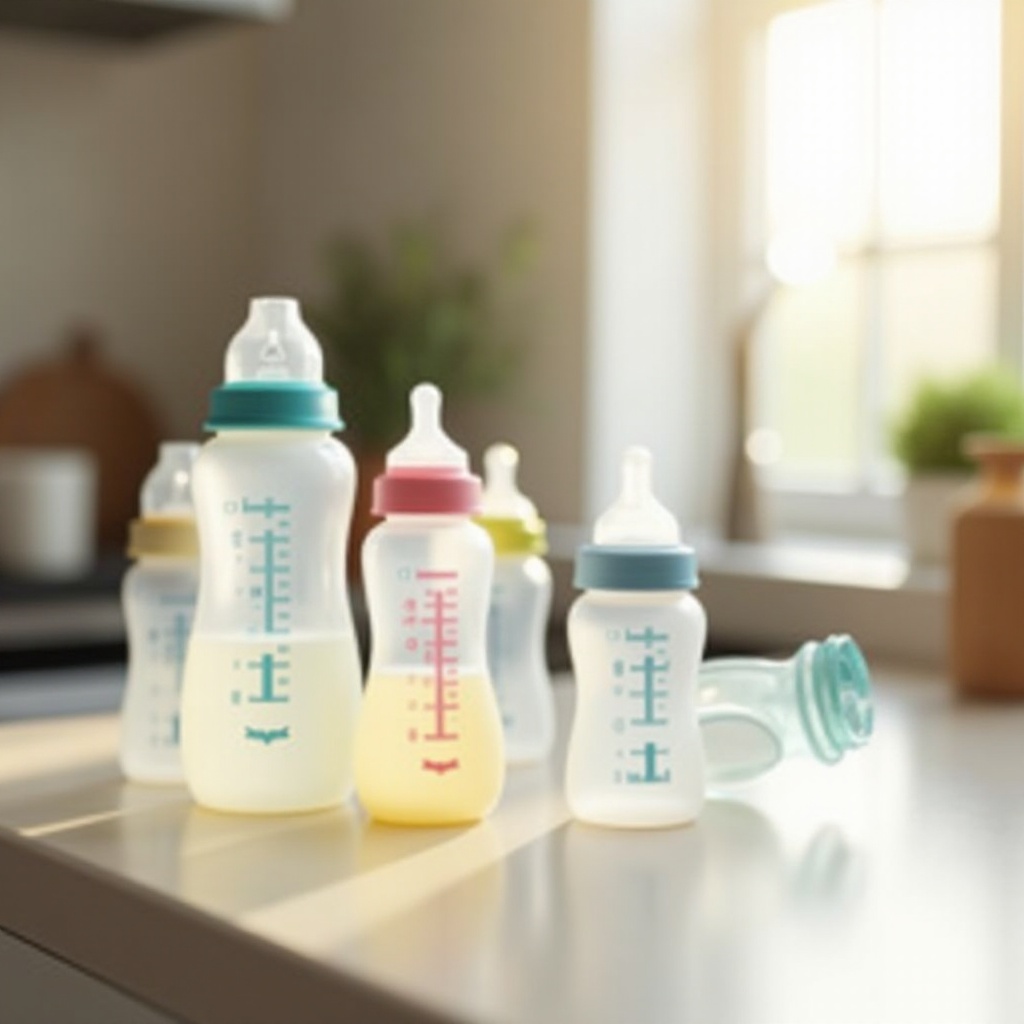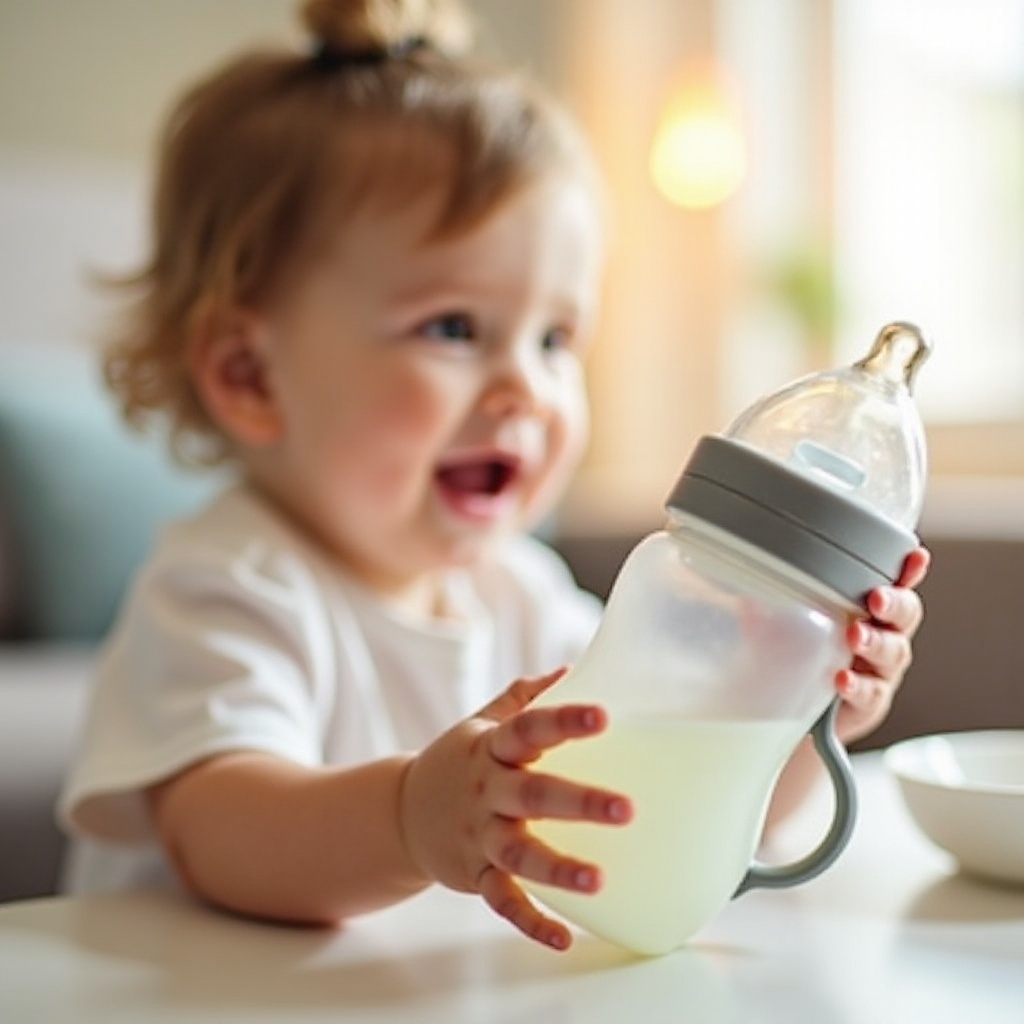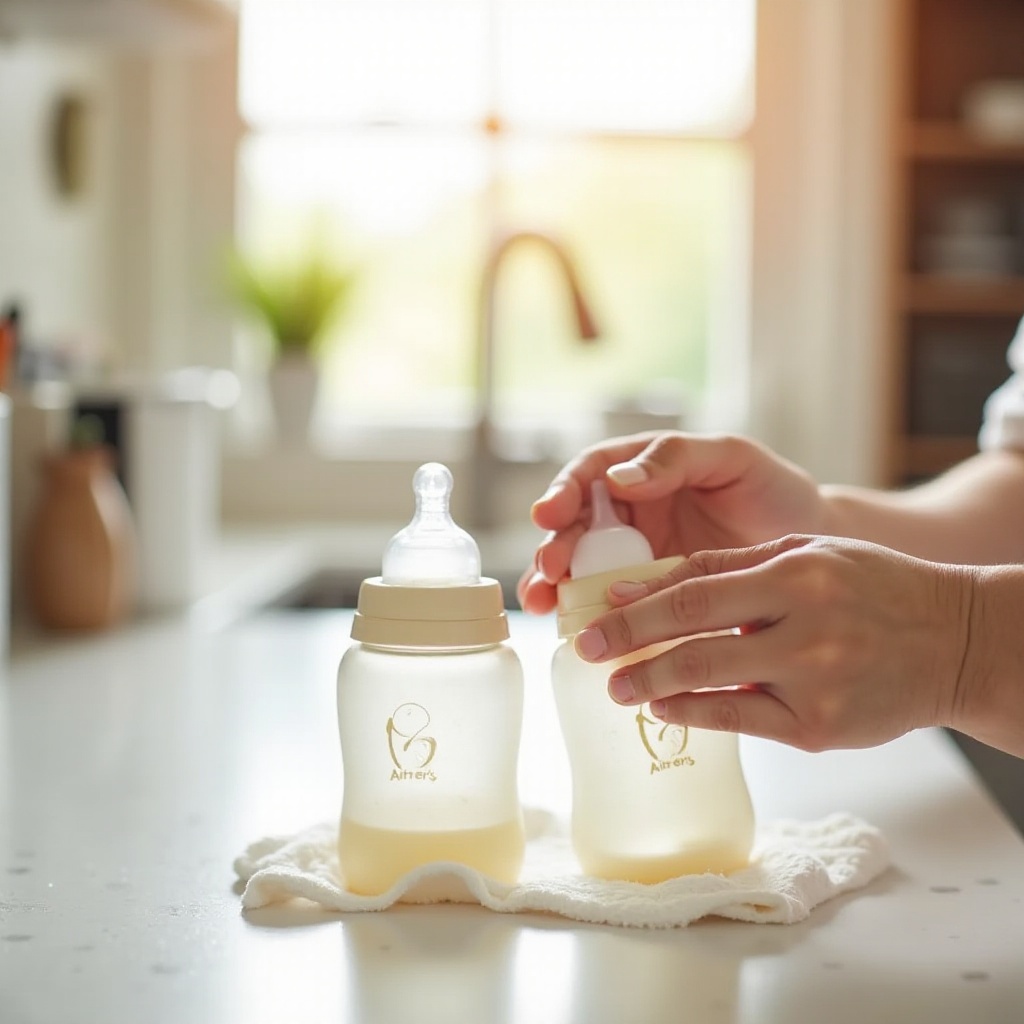Introduction
As parents of an 18-month-old, you know that choosing the right bottle isn’t just about convenience; it’s about your child’s development and health. The bottle you select plays a significant role in your toddler’s feeding habits, comfort, and growth. With numerous options available on the market, making the right choice can be challenging.
This comprehensive guide aims to simplify the decision-making process for parents. We’ll discuss the importance of choosing the right bottle, highlight key features to look for, present top bottle recommendations, provide tips for transitioning to a new bottle, and offer guidance on cleaning and maintenance. Let’s dive in!

The Importance of Choosing the Right Bottle
Selecting the right bottle for your toddler is crucial for several reasons. Firstly, the correct bottle will ensure that your child drinks comfortably and adequately. The transition from breastfeeding or a previous bottle to a new one can be a delicate process, so having the right bottle can make this smoother.
Moreover, choosing a bottle with appropriate features can contribute to your child’s overall development, from improving their sucking skills to aiding in the proper intake of nutrients. Bottles designed with anti-colic features, for example, can minimize feeding-related issues such as gas and stomach discomfort.
Safety is another critical aspect. Toddlers are active and curious, so the bottles should be made from materials that are free from harmful chemicals like BPA and phthalates. Additionally, the bottle should be durable enough to withstand drops and throws.
Key Features to Look for in Bottles for Toddlers
When selecting a bottle for your 18-month-old, there are specific features you should prioritize to ensure a comfortable and safe feeding experience:
- Material:
- Plastic: Lightweight and durable, making it easy for toddlers to handle. Ensure they’re BPA-free.
- Glass: Offers durability and cleanliness. Consider bottles with a silicone sleeve for added protection.
-
Silicone: Soft, flexible, and resistant to breakage, although it might be more expensive.
-
Nipple Design:
- Shape: Look for nipples that mimic the breast shape to provide a natural latch.
-
Flow: Choose nipples with variable flow rates suitable for your toddler’s sucking power.
-
Anti-Colic Features:
-
Venting systems in some bottles can help reduce ingestion of air, thus minimizing colic and gas.
-
Ease of Cleaning:
-
Bottles with wide necks make cleaning and sterilization simpler and more effective.
-
Size and Capacity:
-
Selecting the appropriate size is crucial as it should meet the feeding requirements of an 18-month-old – usually more than smaller, newborn-sized bottles.
-
Ergonomic Design:
- Bottles should be easy for tiny hands to grip and hold securely.
Keeping these features in mind while shopping will help you find the most appropriate bottle for your little one, ensuring that feeding times are both enjoyable and beneficial for their growth.

Top Recommendations for Bottles for 18-Month-Olds
Here are our top picks for the best bottles for 18-month-olds:
Philips Avent Natural Baby Bottle
The Philips Avent Natural Baby Bottle is designed to mimic the shape of the breast, which facilitates a natural latch and makes it easier for toddlers transitioning from breastfeeding. The bottle features an anti-colic valve to reduce discomfort and air ingestion, ensuring a more comfortable feeding experience.
The wide neck and few parts make it easy to clean and assemble. Made from BPA-free materials, this bottle ensures safety and health for your little one. Many parents appreciate its ergonomic design, which allows tiny hands to hold it comfortably.
Dr. Brown’s Original Bottle
Dr. Brown’s Original Bottle is renowned for its innovative internal vent system that reduces colic, burping, and gas. This feature ensures that your toddler ingests less air, promoting better digestion and feeding comfort. The Dr. Brown’s bottle is available in both glass and plastic options, catering to different parental preferences regarding material.
The narrow shape of the bottle is easy for little hands to grip, and the components, while more numerous than some other bottles, are straightforward to clean. The bottles are also dishwasher safe, which adds to the convenience for busy parents.
Tommee Tippee Closer to Nature Bottle
The Tommee Tippee Closer to Nature Bottle is another excellent choice, known for its breast-like shape nipple which supports a natural latch and easy transition between breast and bottle. The bottle features an anti-colic valve in the nipple to reduce air ingestion and related discomfort.
The ergonomic design of the bottle makes it simple for toddlers to hold, and the wide neck allows for easy filling and cleaning. Made from BPA-free materials, this bottle offers both safety and convenience.
Tips for Transitioning Your Toddler to a New Bottle
Once you’ve selected the best bottle for your 18-month-old, the next step is ensuring a smooth transition. Here are some helpful tips:
- Gradual Introduction:
-
Introduce the new bottle gradually by alternating between the old and new bottle during feedings.
-
Consistency Is Key:
-
Use the new bottle consistently to familiarize your toddler with the new experience.
-
Maintain Patience:
-
Be patient and understanding if your toddler is resistant. Offer comfort and reassurance during this period.
-
Use Familiar Liquids:
-
Start with liquids your toddler is familiar with in the new bottle to make the transition easier.
-
Encourage Independence:
- Allow your toddler to hold and explore the new bottle to build familiarity and comfort.
Cleaning and Maintenance of Toddler Bottles
Keeping your toddler’s bottles clean is crucial for their health and well-being. Here are some cleaning and maintenance tips:
- Regular Cleaning:
-
Clean bottles immediately after use to prevent the buildup of milk residue and bacteria.
-
Use Bottle Brushes:
-
Utilize bottle brushes to reach all parts of the bottle and nipple effectively.
-
Sterilization:
-
Regularly sterilize bottles, especially when they are new, to eliminate any bacteria and ensure hygiene.
-
Inspection:
- Frequently inspect bottles and nipples for wear and tear, and replace them as necessary to maintain safety and functionality.

Conclusion
Choosing the best bottle for your 18-month-old can make a significant difference in their feeding routine and overall comfort. Considering the right features and top recommendations will help you make an informed decision. Don’t forget to clean and maintain the bottles regularly to ensure your toddler’s health and safety.
Frequently Asked Questions
How often should I replace my toddler’s bottle?
It is recommended to replace your toddler’s bottle every 3 to 6 months or sooner if you notice any signs of wear and tear such as cracks, discoloration, or damage to the bottle or nipple.
Are glass bottles better than plastic ones for 18-month-olds?
Both glass and plastic bottles have their advantages. Glass bottles are more durable and do not retain odors, while plastic bottles are lighter and less likely to break. Choose based on your preference and your toddler’s needs.
Can I use a bottle warmer with any type of bottle?
Most bottle warmers are versatile and can be used with a variety of bottles, but it’s always best to check the manufacturer’s recommendations to ensure compatibility with your specific bottle brand.
